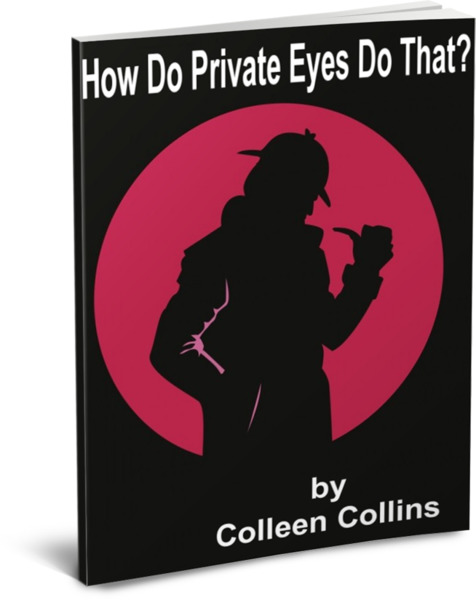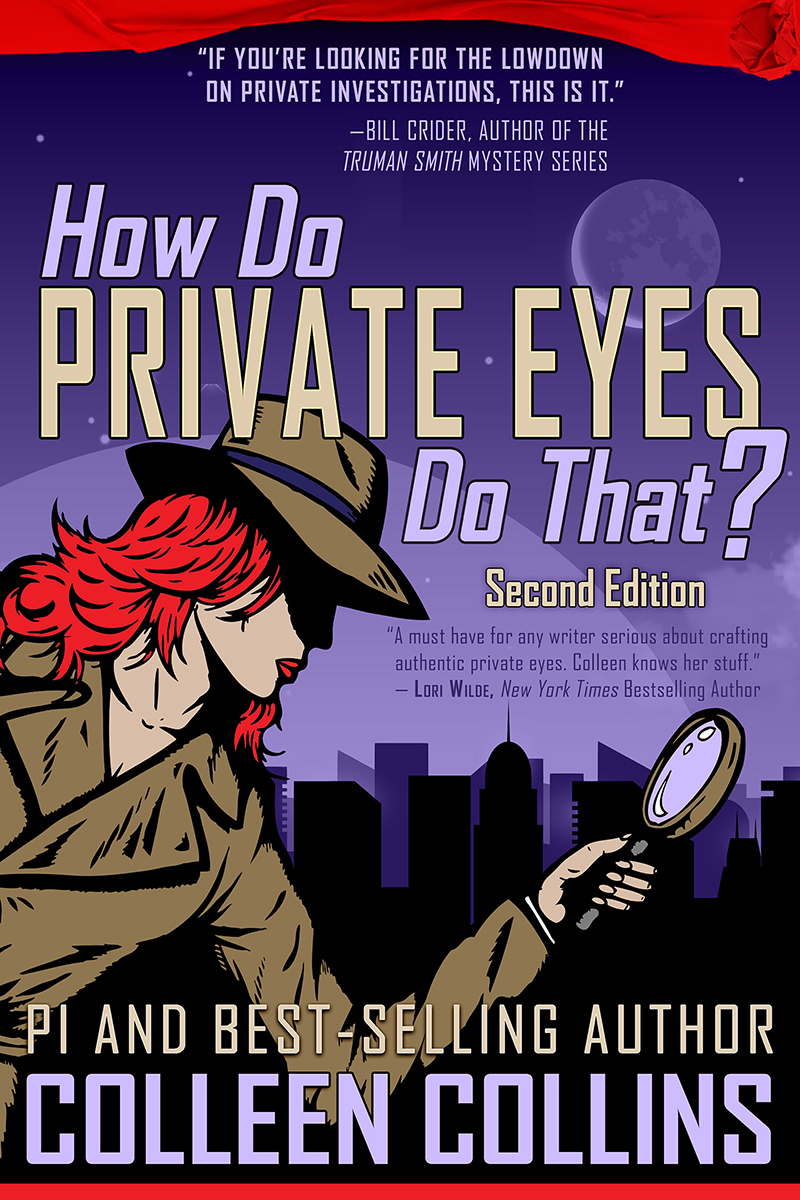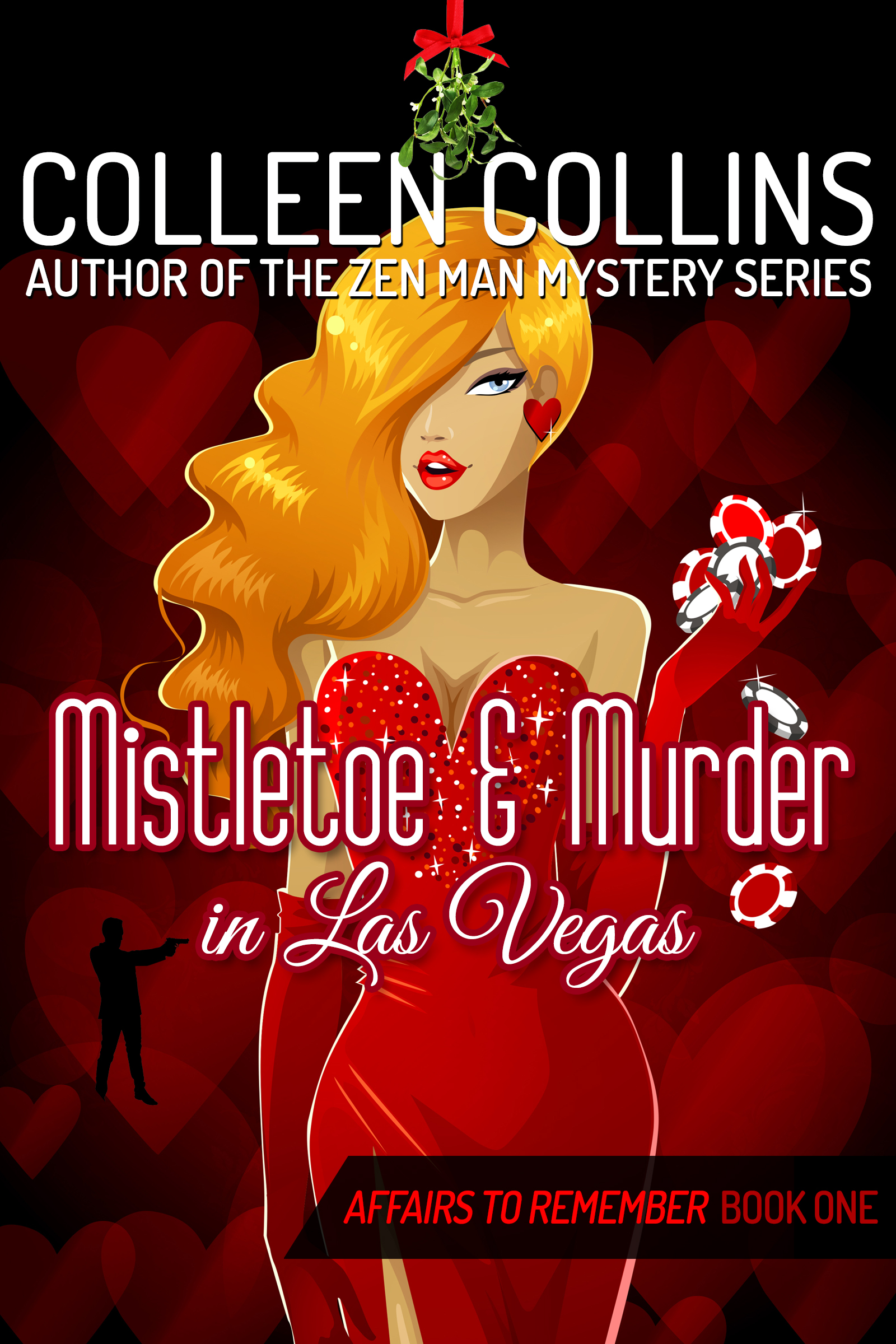The Mob Forced a Man to Drink Poison
I based my noir short story “Look Your Last” (in the noir anthology of short stories Coast to Coast Noir: From Sea to Shining Sea, Down & Out Books) on the true story of a 1950s mafia hit on Raleigh Street, a quiet residential neighborhood in Denver. It’s still unknown who committed the murder, but it’s known how they did it: they lured a man onto his front lawn (his wife and young children were inside, sleeping), and forced him to drink poison. The young son found his father’s body the next morning.
Years Later, I Met That Son
Years ago, a friend invited me to a Christmas party at that house on Raleigh Street. On the drive over, he told me the story of the murder, and that the young boy, now a man with his own family, still lived in the house.
After hearing that story, it was surreal to walk across that lawn, the area sparkling with Christmas lights. The party was festive, but every time I looked at our host, I imagined the horror he must have experienced as a little boy finding his father.
“We lived down the block on Raleigh…”
A few months later, I met my current husband. One day, I told him about the murder on Raleigh Street. To my surprise, he said, "We lived down the block on Raleigh. I was a kid when the murder happened, and I still remember the neighbors talking about it.”
Grace Kelly and Raleigh Street
Grace Kelly in “The Father,” 1951, Elitch Theatre
The last scene in “Look Your Last” takes place at the long-gone Elitch Gardens in Denver (gardens, amusement park, and theatre). During my research, I learned in 1951 a young unknown named Grace Kelly got a summer acting job at Elitch Theatre. While working there, she received a telegram from Hollywood inviting her to audition for “High Noon” (we all know what happened after that!).
But here's what got me: That summer, she lived on Raleigh Street with her mother.















